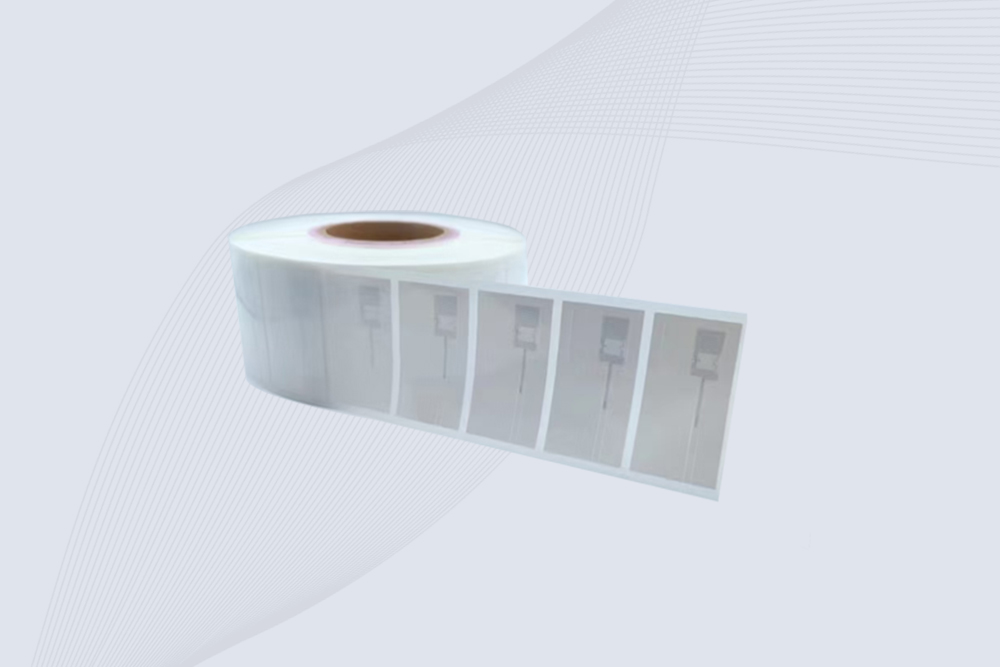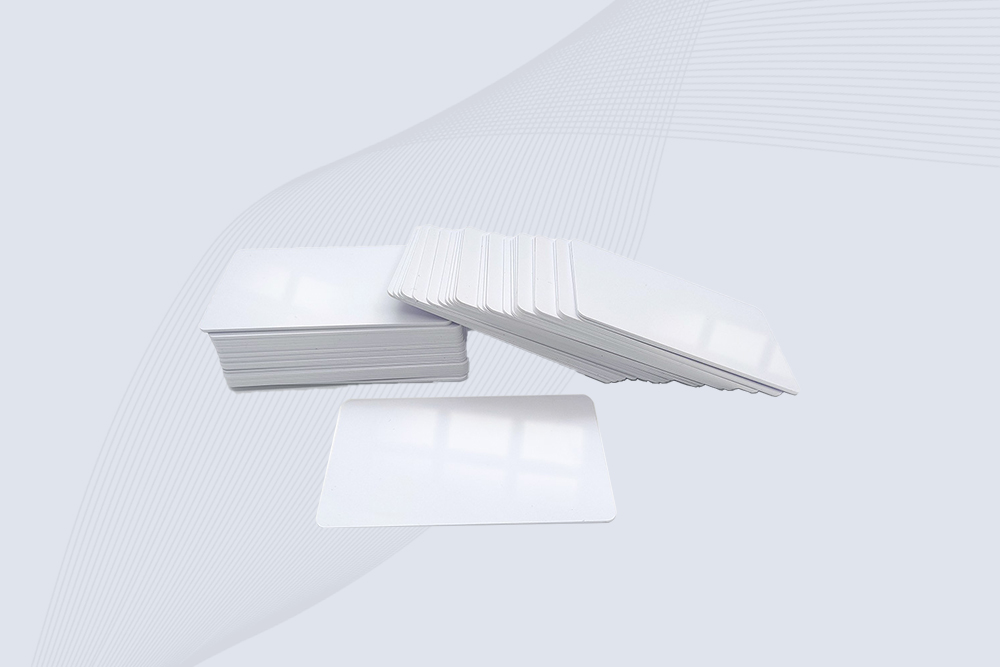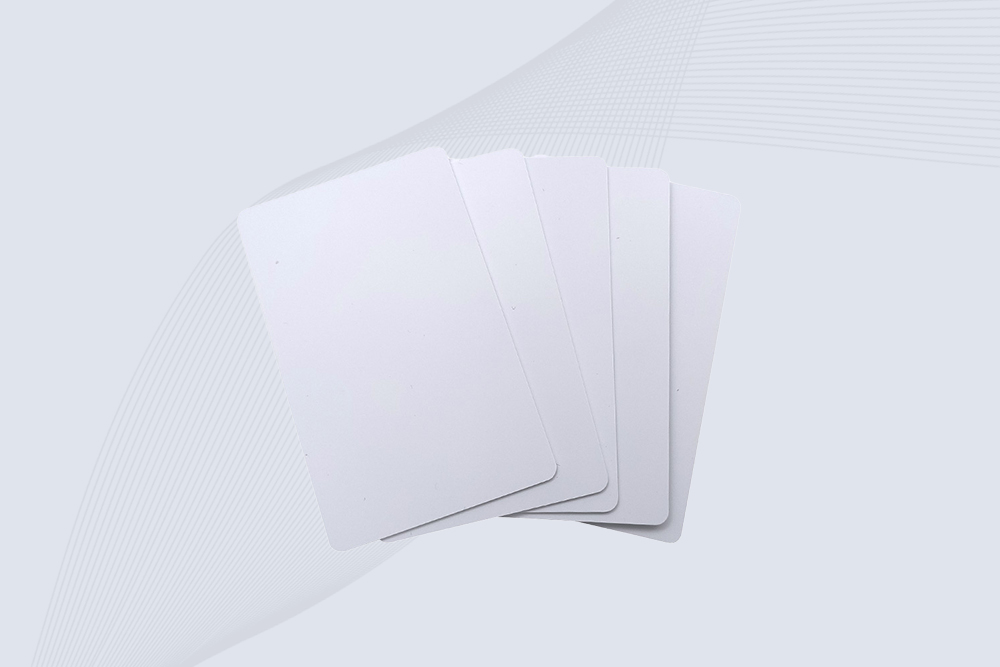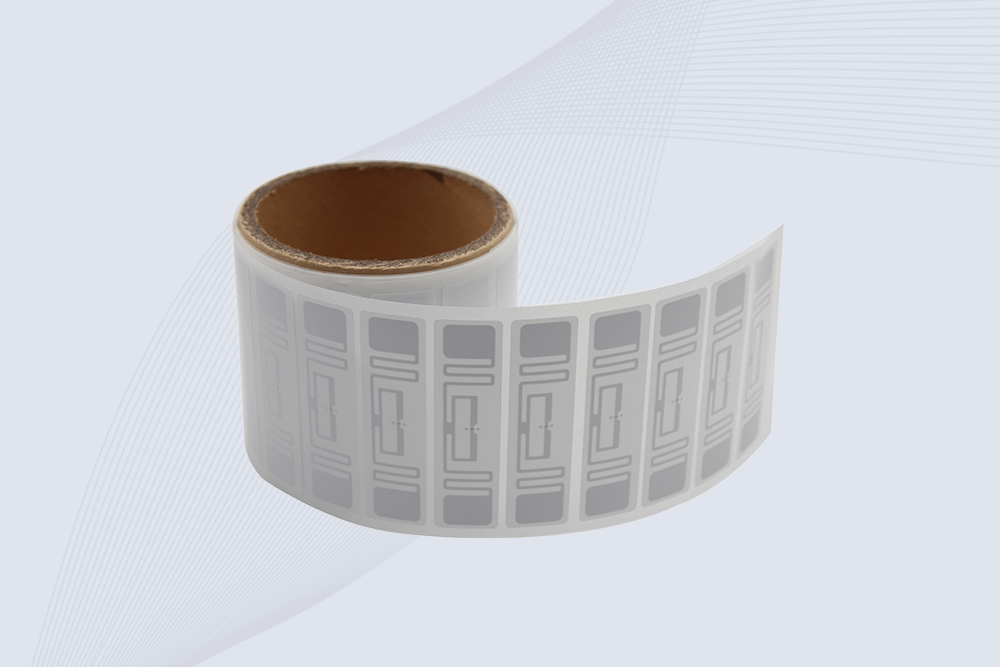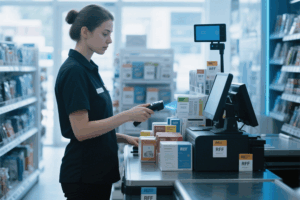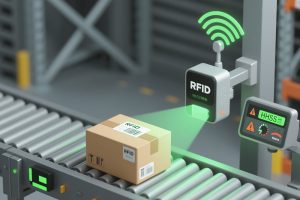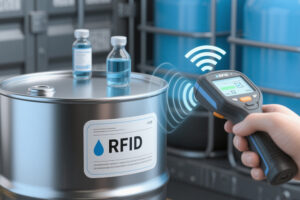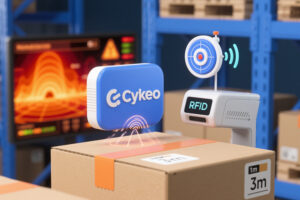1. What are RFID laundry tags?
RFID (Radio Frequency Identification) laundry tags are tiny chips designed to withstand heat, water, and detergents. They’re usually sewn into linens, uniforms, or towels. Think of them as “ID cards” for textiles—every item can be identified automatically during washing, drying, or sorting, without needing barcodes or manual counting.
2. Why do laundries use RFID?
Traditional laundry relies on manual records, which are prone to mistakes—like missing hotel towels or uniforms not matching up. RFID acts like a transparent ledger. Every piece of linen that enters and leaves the facility is logged, reducing losses and saving a lot of time. For large laundries, hotels, or rental companies, this efficiency translates directly into lower costs.
3. Can RFID tags survive washing machines and chemicals?
Yes. Laundry-specific RFID tags are engineered for extreme environments. They can survive 200+ washing cycles, including high-temperature sterilization, bleaching, and industrial ironing. Most are encased in PPS or fabric, making them waterproof and abrasion-resistant, lasting as long as the linen itself.
4. How are they different from barcodes?
Barcodes require a line-of-sight scan and fail once scratched or faded. RFID works contactlessly—it doesn’t matter if the tag is hidden inside fabric or if items are stacked together. For example, scanning 100 towels with barcodes might take minutes; an RFID reader does it in seconds.
5. Where is RFID laundry used?
- Hotels & resorts: Track sheets, towels, and robes to avoid mix-ups.
- Hospitals & nursing homes: Manage uniforms and patient linens while reducing cross-contamination risks.
- Uniform rental services: Monitor washing cycles and lifespan of each garment, making billing easier.
- Industrial laundries: Automate sorting and count inventory faster.
6. Does RFID make laundry more expensive?
The upfront cost of RFID tags is higher than barcodes, but the savings quickly add up. Lost linens and manual labor cost far more than a small RFID tag. Over time, RFID usually saves money instead of spending more.
7. What kind of data can RFID provide?
It’s not just about counting items. RFID systems can track:
- Number of washes per item (to know when to replace)
- Inventory turnover (which items are heavily used vs. underutilized)
- Client order details (who sent what, and when it’s due back)
- Usage trends (to optimize purchasing and cost control)
8. Is RFID a privacy concern?
No. RFID laundry tags only store a unique ID code—no personal information. The goal is simply to make every textile traceable within the laundry process, not to track people.
9. Is it hard to install and use an RFID laundry system?
Not at all. A typical system includes RFID readers (at doors or conveyors), management software, and the tags inside linens. For workers, it’s just “scan in, scan out”—almost automatic. Training is simple, and maintenance mainly involves occasional equipment checks.
In summary:
RFID isn’t just about saving labor—it makes every linen countable and traceable. Hotels reduce losses, hospitals improve safety, laundries run faster, and clients get better service overall.

2025-07-28
Cykeo CK-BQ6826 Jewelry uhf rfid tag features NXP UCODE 9, 8m read range on metal, and anti-counterfeit security for luxury assets.

2025-07-28
Cykeo CK-BQ8554HF HF rfid cards feature FM1108 chip, 100K write cycles, and customizable printing for access control systems.

2025-07-28
Cykeo CK-BQ8554UHF uhf rfid card features U9 chip, 100K write cycles, and CR80 size for access control/inventory management.

2025-04-21
Cykeo CK-BQ7320 UHF RFID asset tag features aluminum-etched antenna, 10-year data retention, and -40°C to +85°C operation for industrial tracking. ISO/IEC 18000-6C compliant with 128-bit EPC memory.
 Cykeo RFID IoT Solution Products R&D Manufacturer
Cykeo RFID IoT Solution Products R&D Manufacturer
